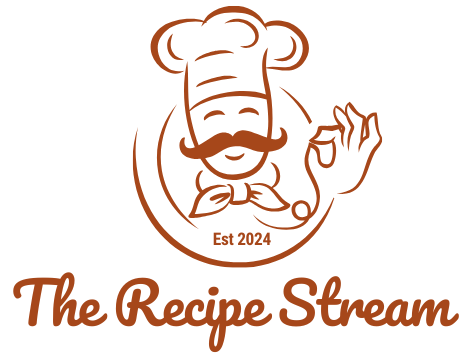Baby corn is a crunchy and versatile vegetable that can elevate various dishes, from stir-fries to salads. A common question often arises: Is boiling necessary before cooking baby corn? This guide explores the benefits of boiling, alternative methods, and how to prepare baby corn for the best results.
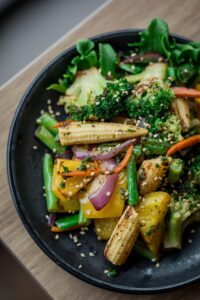
Why Include Baby Corn in Your Meals?
Baby corn is nutritious, low in calories, and easy to prepare. Its mild sweetness and crisp texture make it a perfect addition to stir-fries, salads, and roasted dishes.
For creative ideas, check out these baby corn recipes. If you’re planning meals with seasonal ingredients, explore quick winter recipes.
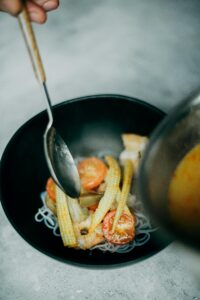
Does Boiling Improve Baby Corn’s Texture?
Boiling is a traditional method used to soften vegetables, including baby corn. While it isn’t always necessary, it has some benefits:
- Softens Fresh Baby Corn: Boiling tenderizes firmer cobs for easier consumption.
- Cleans Fresh Produce: Especially useful for fresh baby corn, boiling removes dirt and impurities.
- Enhances Flavor Absorption: Tender baby corn absorbs spices and marinades better.
For canned baby corn, boiling is unnecessary—it’s already pre-cooked.
When to Consider Boiling Vegetables
Boiling is often used to soften vegetables and enhance their flavor absorption. For baby corn, this preparation method may be recommended in certain situations:
- Softening Fresh Baby Corn: Boiling helps tenderize firm cobs.
- Preparing for Cold Dishes: Boiled baby corn is ideal for salads and raw dishes.
- Ensuring Cleanliness: Boiling fresh baby corn removes impurities and sanitizes it.
For a comprehensive guide on preparing vegetables, check out this step-by-step guide.
Other Preparation Methods for Baby Corn
Boiling isn’t always necessary. Here are some alternative methods:
- Steaming:
- Preserves nutrients and enhances flavor.
- Steam baby corn for 5–7 minutes before adding it to your dish.
- Blanching:
- Submerge in boiling water for 1–2 minutes, then transfer to ice water to maintain crunch and color.
- Raw Preparation:
- Adds a refreshing texture to salads and cold dishes.
Easy and Delicious Baby Corn Recipes
Here are three simple ways to cook baby corn:
1. Baby Corn Stir-Fry
- Ingredients: Baby corn, garlic, bell peppers, soy sauce.
- Method: Toss in a hot pan for 5–7 minutes for a quick side dish.
2. Roasted Baby Corn with Garlic Butter
- Ingredients: Baby corn, olive oil, minced garlic, parsley.
- Method: Roast at 400°F (200°C) for 15–20 minutes until golden brown.
3. Baby Corn Salad
- Ingredients: Steamed baby corn, cherry tomatoes, cucumber, lemon vinaigrette.
- Method: Combine all ingredients for a refreshing dish.
For more seasonal recipes, explore quick winter recipes.
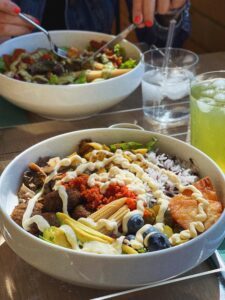
Nutritional Benefits of Baby Corn
Including baby corn in your meals offers several advantages:
- Low-Calorie Option: Perfect for weight management.
- Rich in Fiber: Supports digestion and keeps you full longer.
- Loaded with Vitamins and Minerals: A good source of vitamin C, potassium, and folate.
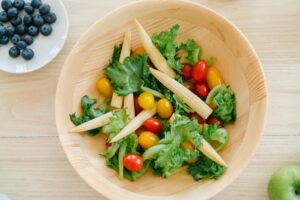
Frequently Asked Questions About Baby Corn
1. Do I need to boil canned baby corn?
No, canned baby corn is pre-cooked and ready to use. Simply rinse it before adding it to your recipe.
2. Does boiling reduce the nutrients in baby corn?
Boiling may result in minor nutrient loss. For better nutrient retention, steaming or blanching is recommended.
3. Can baby corn be eaten raw?
Yes, baby corn is safe to eat raw. It works well in salads or as a garnish for cold dishes.
Conclusion: Do You Really Need to Boil Baby Corn?
Boiling baby corn is helpful for softening and preparing it for certain recipes, but it’s not always necessary. Depending on your cooking style, alternatives like steaming, roasting, or blanching may be more suitable. Experiment with these methods and enjoy this nutritious and versatile vegetable in your favorite dishes.
